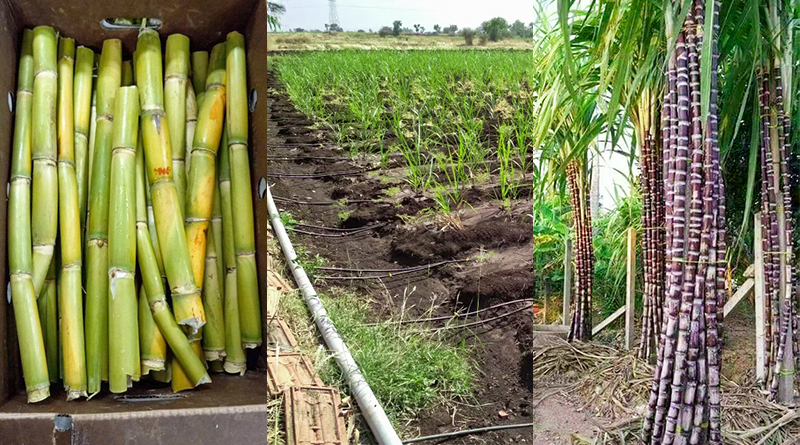How to Grow Sugar Cane: Fastest Way of Sugarcane Propagation
Sugar cane is a genus of large perennial grasses that is native to tropical southeastern Asia. But the vast majority of sugarcane grown and harvested in Brazil. It grows best in the tropics and can be grown in the warmer parts of the United States. Growers cut the sugarcane stalks to harvest sucrose, a natural sweetener, for sugar production or they boil the cane in water to create cane syrup, a liquid sweetener.
Planting and Growing
Sugar cane thrives in warm weather, so it’s important not to plant them when the cold weather could harm or kill them. By planting sugarcane before the first frost, the plant will have already begun growing roots and shoots, which will help it survive the stress of the winter. Sugar cane plants are large and take up a sizable portion of a garden. Plant in a location with full sun and plenty of space to grow upward and outward.
Cut cane sections into lengths about 6 inches long that contain at least two nodes. Dig a trench at least 5 inches deep. Trenches should be spaced approximately 5 feet apart. Set cut cane sections lengthwise along the trench. Cover the trench with soil and water thoroughly. Depending on the soil and air temperatures, it may take canes upward of three weeks to begin growing.
Care for Sugarcane
Sugar cane needs to remain moist to perform well. Water them regularly if they’re indoors or if they’re outdoors but your region doesn’t receive much rain. Grow your sugar cane where it receives full sun. Anything less than that and you risk the health of the plant. The soil type should have a soil pH of 6.0–6.5. If you place mulch around the top, it will help it retain some of the moisture so that it doesn’t dry out.
95 total views, 2 views today





Pingback:Agriculturelearning-The biggest field of agricultural information in Bangladesh